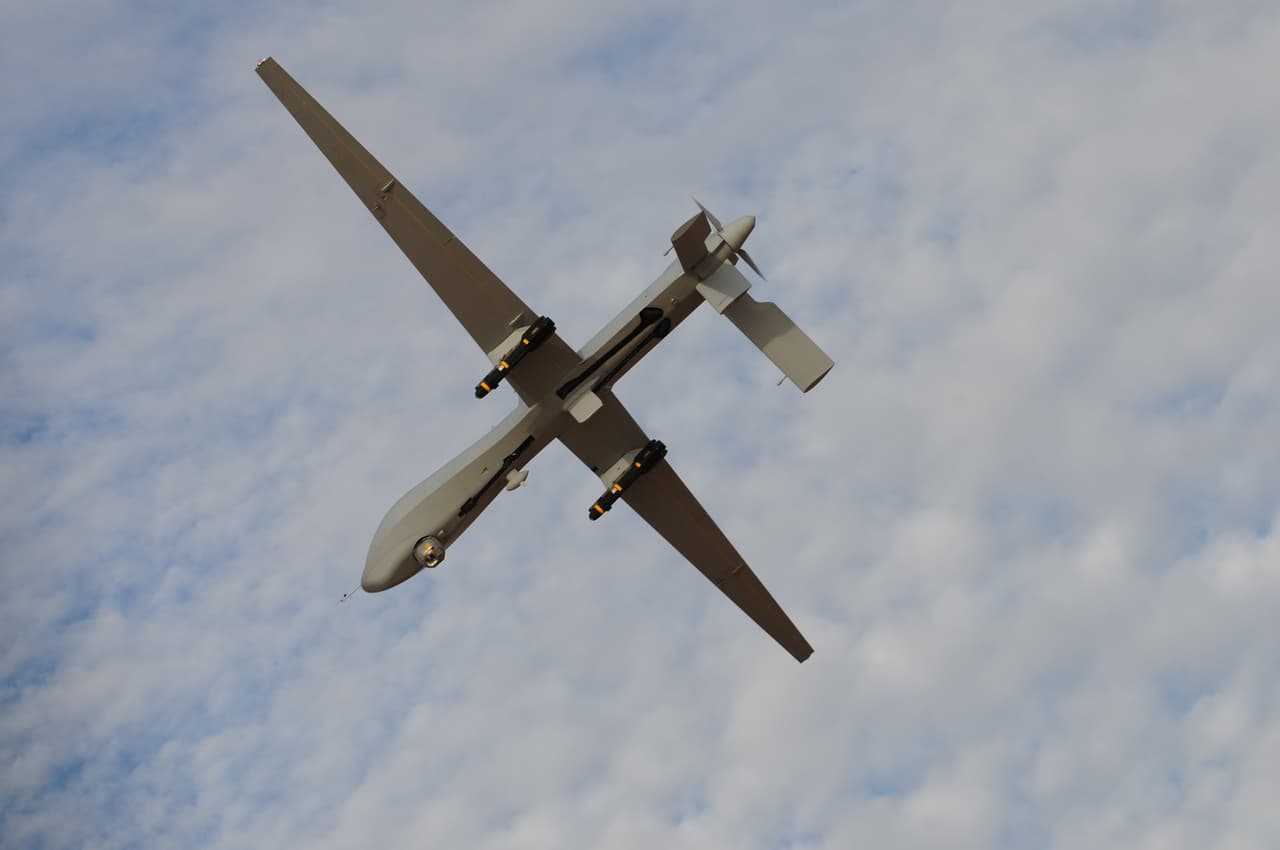
US mulls more secrecy on drones
The Trump administration is considering overturning a key Obama-era policy which sought to make counter-terrorism operations more transparent, even as it ramps them up.
The announcement, given to the Bureau by the US National Security Council late on Tuesday night, offers one of the clearest indications yet of the administration's differing stance of transparency in counter-terrorism (known in military jargon as CT).
In response to growing concerns about accountability and civilian harm in strikes in places like Pakistan and Yemen, the Obama administration issued an Executive Order in 2016 requiring the government to release an annual report on these operations and the casualties associated with them. The Executive Order stipulated that the release of each year's figures should come no later than May 1 of the following year.
On May 1, the deadline passed without the release. A National Security Council spokesperson told the Bureau that the Executive Order (EO) was under review and could be modified or rescinded. While they remained committed to avoiding civilian casualties, the spokesperson said, "the previous administration’s EO requirement for the public report was based on Obama era CT policies, many of which were rescinded to allow the warfighter to better pursue the evolving terrorist threat".
The figures previously released under Obama, though cautiously welcomed by civil society organisations, offered only limited accountability for the US drone wars. They were aggregate figures, not broken down by where or when the strikes took place. This made it difficult to interrogate the data and work out why it differed from other estimates of the drone war's civilian death toll.
However, their release was seen as an important step towards greater transparency. This trend had already started to reverse under Trump by the end of 2017, when the Bureau stopped receiving monthly reports on airstrikes in Afghanistan.
The restricted flow of information about counterterrorism strikes comes at a time when they are increasing substantially. President Donald Trump launched at least 161 strikes in Yemen and Somalia during his first year in office, according to the Bureau's data, more than triple the number carried out the year before.
While the Trump administration did not release a report on counterterrorism operations as per the Executive Order, the NSC spokesperson did say that there had been no increase in the number of civilian casualties compared to the previous year. The Obama administration found one non-combatant had been killed in strikes outside of areas of active hostilities in 2016.
It is hard to evaluate the NSC spokesperson's estimate of the 2017 civilian casaulty toll, because the Trump administration reportedly declared parts of Yemen and Somalia to be areas of active hostilities last year. Areas of active hostilities - conventional warzones like Iraq and Syria - are not included in the tally required by the Executive Order. When asked by the Bureau whether any parts of Yemen and Somalia were excluded from the latest estimate, the NSC spokesperson said they didn't "have any further clarity to provide."
The Bureau recorded at least three civilian deaths in Yemen and Somalia in 2017. However, both the Bureau's and the administration's figures could well be an underestimate. Information from remote parts of Yemen and Somalia is hard to come by, and CENTCOM, the US military command responsible for Yemen, told the Bureau it deemed civilian casualty allegations non-credible if there was not sufficient information about them.
The robustness of the US government's own assessments of civilian casualty claims has long been a point of concern for civil society organisations. This is acknowledged in the Executive Order - now threatened with cancellation - which obliges the government to engage proactively with non-governmental organisations in compiling the civilian casualty estimate.
Hina Shamsi, director of the National Security Project at the American Civil Liberties Union, called the Trump administration’s decision not to comply with the "meagre" transparency requirements of the Executive Order "a dangerous low".
“This increased secrecy about the costs and consequences of Trump’s killing policies prevents public oversight and accountability for wrongful deaths. The victims of our government’s lethal actions deserve better, as does the American public in whose name the Trump administration is secretly killing people,” Shamsi said.
"The Trump Administration's backsliding on transparency continues with its failure to publicly report on civilian casualties yesterday," said Alex Moorehead, an expert on counterterrorism and human rights at Columbia Law School.
"Increased secrecy makes effective Congressional oversight even more crucial. Congress should ask the Trump administration for details on US involvement in civilian casualties, what accountability there is for civilians killed and injured in US strikes, and demand that this information be made public," Moorehead added.
The worst civilian casualty incident recorded by the Bureau in 2017 came from a ground operation, which would not have been included in the Executive Order-mandated tally even had it been released. On January 29 2017, US forces stormed the village of Yakla. A Bureau investigation found that 25 civilians died in this attack, including nine children under the age of 13.
President Trump called the raid "successful", crediting with capturing key intelligence. But clips shared by US Central Command seized from a computer during the raid turned out to ten years old and readily available on the internet. Soon after, a US military investigation found that US forces killed between four and 12 civilians.
Main photo: Drone on patrol (US Air Force photo: Lt. Col Leslie Pratt)


